Tens of landowners, mostly farmers, have leased their land for the building of the United States’ largest solar farm, the 13000 acres Mammoth Solar project in Northwest Indiana. This is a place that has shown strong resistance to wind energy in the past.
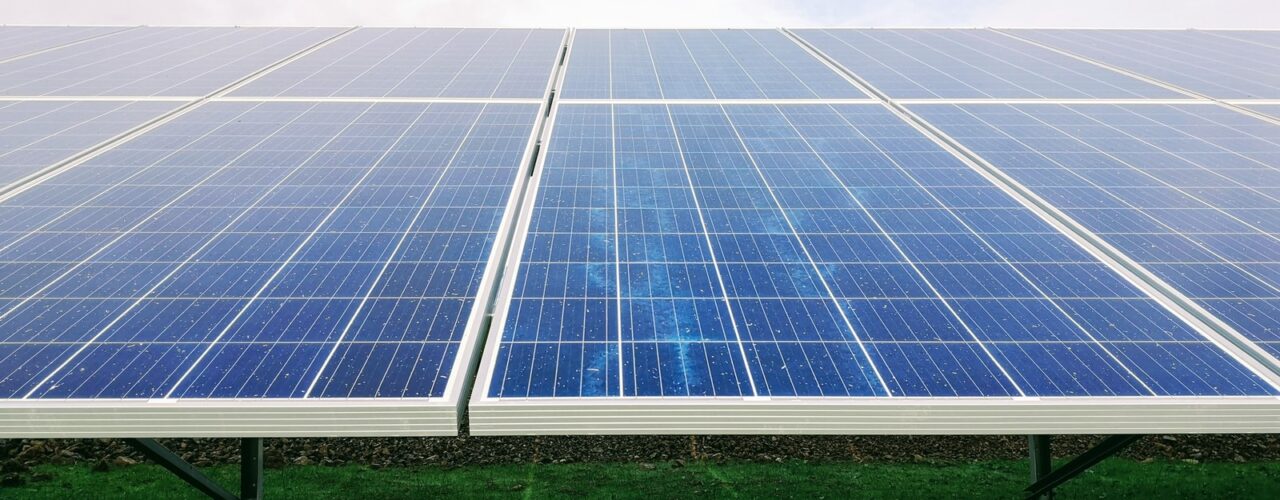
So what?
The development of this project provides important learnings for solar farm deployment. Firstly, the project took extensive measures to understand the community’s view on solar and provided financial benefits that would exceed the farmers’ gains from farming the land. As renewable energy deployment grows, it will need to address the other land-use needs that the deployment replaces. Whether it be through multiple use of the land or through financial incentives, developers will need to provide landowners with sufficient financial benefits to accelerate the transition to cleaner energy.
Secondly, the project also highlights the importance of transmission lines, which often take longer to be approved and built than solar farms. This site was chosen because of the existing transmission lines that have enough capacity to take power from the project. Power lines from two different grids also intersect in this area, meaning the company had two markets to sell the energy from the farm.
While solar deployment is quick, building transmission lines takes longer, meaning the absence of such lines can be a bottleneck to the renewable energy transition. Regions that have the capacity to deploy solar farms will thus need to strengthen their capacity for transmission if they are to benefit from energy transition.
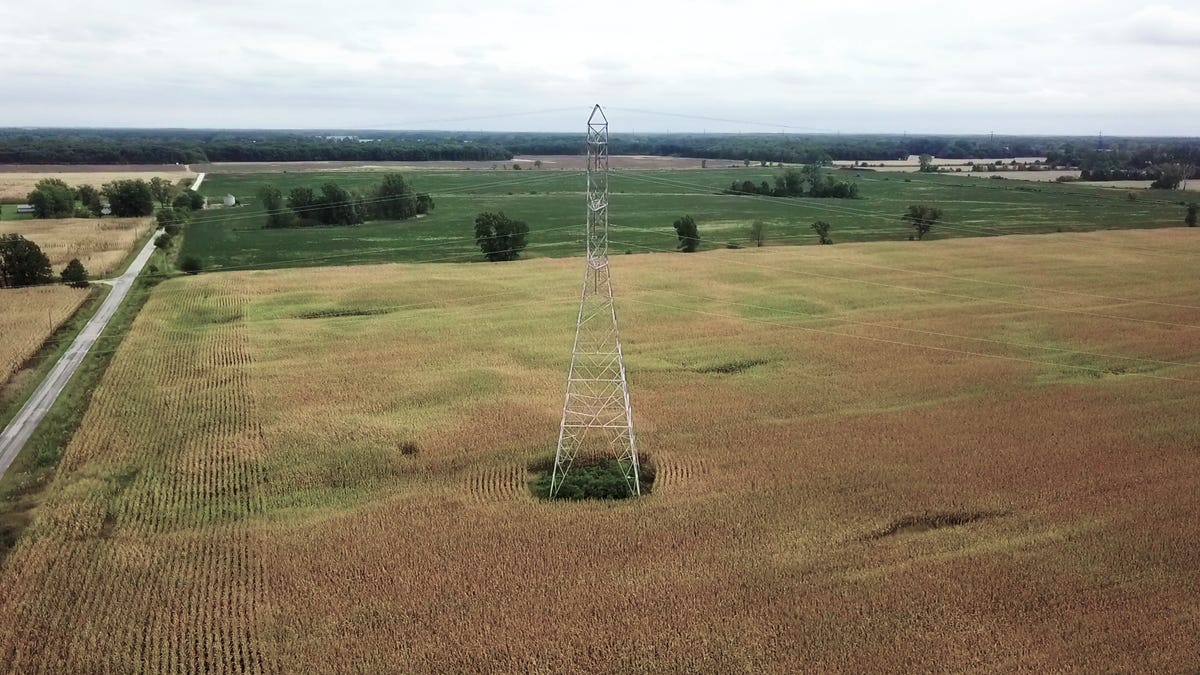
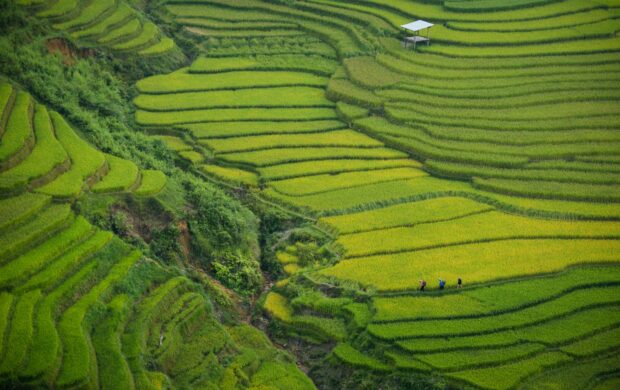
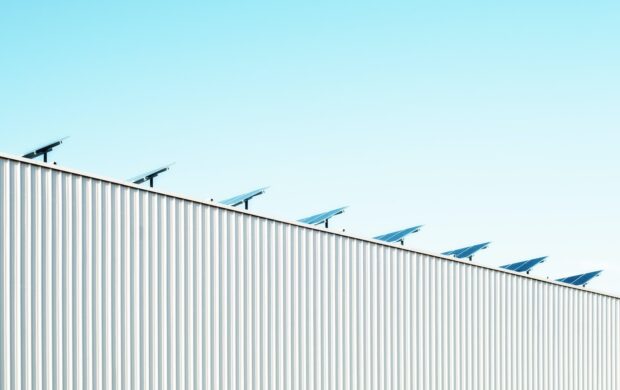
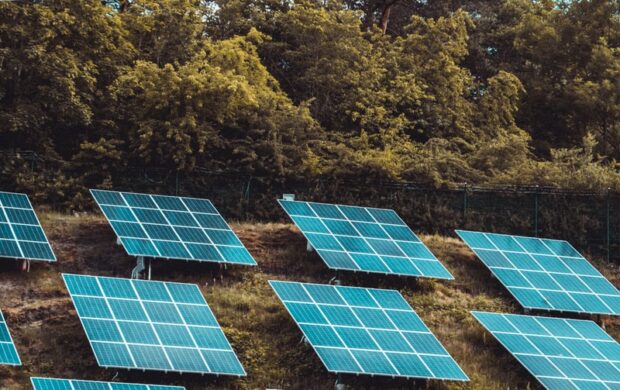
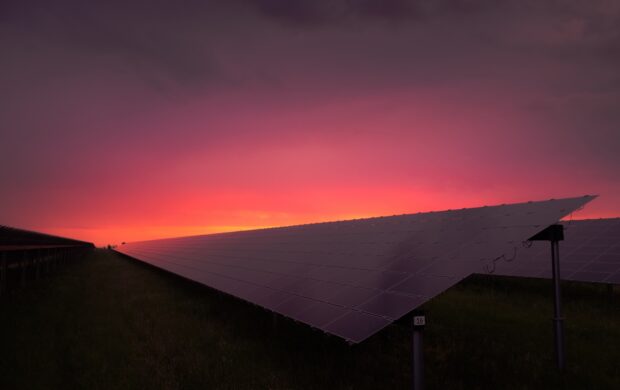

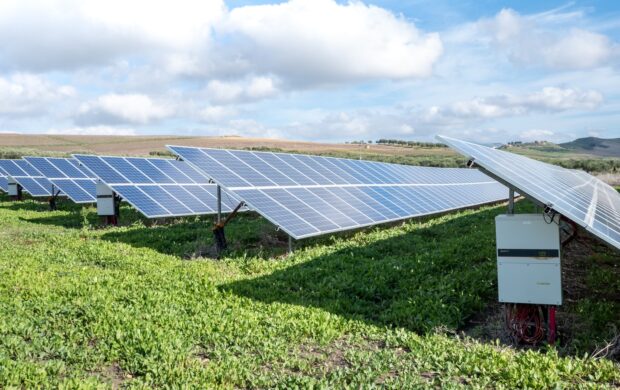

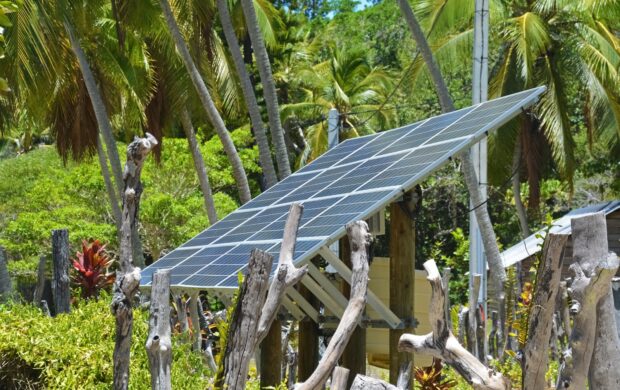



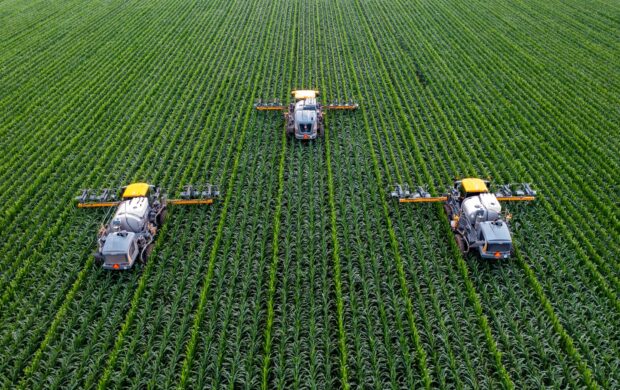



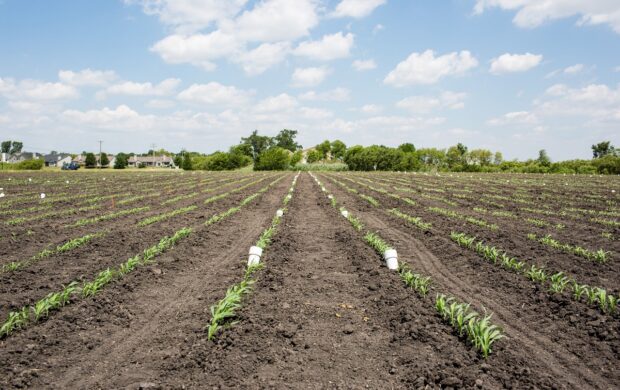
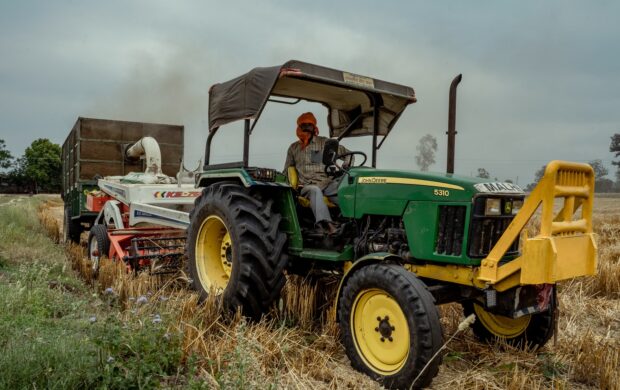


Join discussion